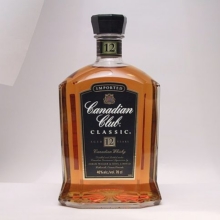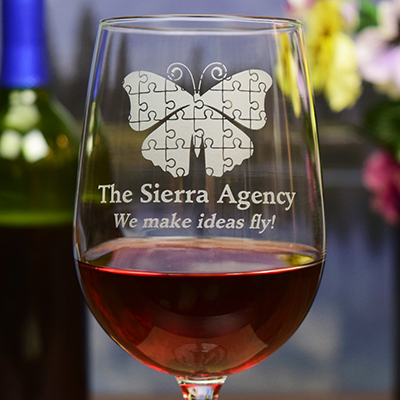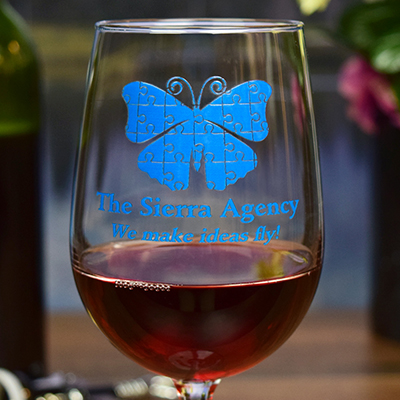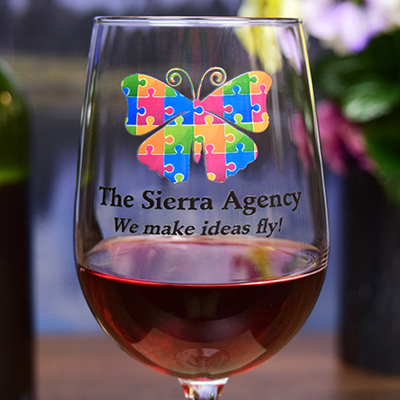The History of Canadian Whisky
The History of Canadian Whisky

The History of Canadian Whisky dates back to the 1800's when Rum, which was prevalent was mixed with "high wine", which was a whisky spirit made from grains. This made it stretch further and added flavor. Fur Traders quickly realized that the Indians had no use for gold or money. However, they enjoyed "fire-water".
One recipe used at "Fort Whoop-Up", for example, called for:
1. 26 ounces of whisky
2. one pound of chewing tobacco
3. one bottle of ginger (size not given, assumed to be about eight ounces)
4. a handful of red pepper
5. a quart of molasses and believe it or not
6. a dash of red ink.
Mixtures such as this became increasingly popular among the Indians, who became so addicted that they would trade all of their possessions for a cup or bottle.
The Seagram Museum in Waterloo Ontario exhibition, which opened in the mid 90's, "200 Years of Tradition: the Story of Canadian Whisky" explores Canadian whisky place names and history. It boasts of sixty-six whisky/whiskey places names. One is, Whiskey Gap, named by American whisky traders who took advantage of this natural gap in the Milk River Ridge to liquor from Montana to Fort Whoop-Up, in Lethbridge Alberta, the most famous of whisky trading posts during the 1870s and 1880s. On May 23rd 1873, the Canadian Parliament formed the NorthWest Mounted Police to abolish the whisky trade. They formed with Indian Leaders and soon had the trade quieted down.
In Canada, the temperance movement began in 1915. Prohibition was declared in the United States in 1919. Alberta's prohibition lasted from 1916 to 1924. With over 3,000 miles of lake and river frontage, whisky was passed back and forth. In 1924, two-thirds of the whisky imported to the US came across from Canada according the US Coast Guard. This accounted for approximately $40 million worth of liquor.
Although the most famous, Al Capone wasn't the only supplier to the States. Seagram's was acquired by Samuel and Alan Bronfman in 1927. Their new company, The Distillers Corp. founded in 1928, shipped thousands of gallons of liquor into the U.S. Another company that originated during prohibition was Schenley's. Canadian whisky popularity, and in particular Seagram's, can be attributed to prohibition. There was bathtub gin, homemade, and "the good stuff".
Seagram's jumped on the bandwagon to become a legitimate importer and manufacturer with the repeal of prohibition in the U.S., in 1933. VO and Crown Royal are some of the most popular brands of Canadian Whisky today.
Most Canadian Whisky contains rye, it is not straight rye whisky; but a lighter blend. It is mostly blended with corn. Some blends even contain Bourbon. It is second in consumption only to Vodka in the U.S. today. Canadian whisky may be bottled either in the U.S. or in Canada. Canadian whisky must be aged in oak casks for a minimum of three years.



